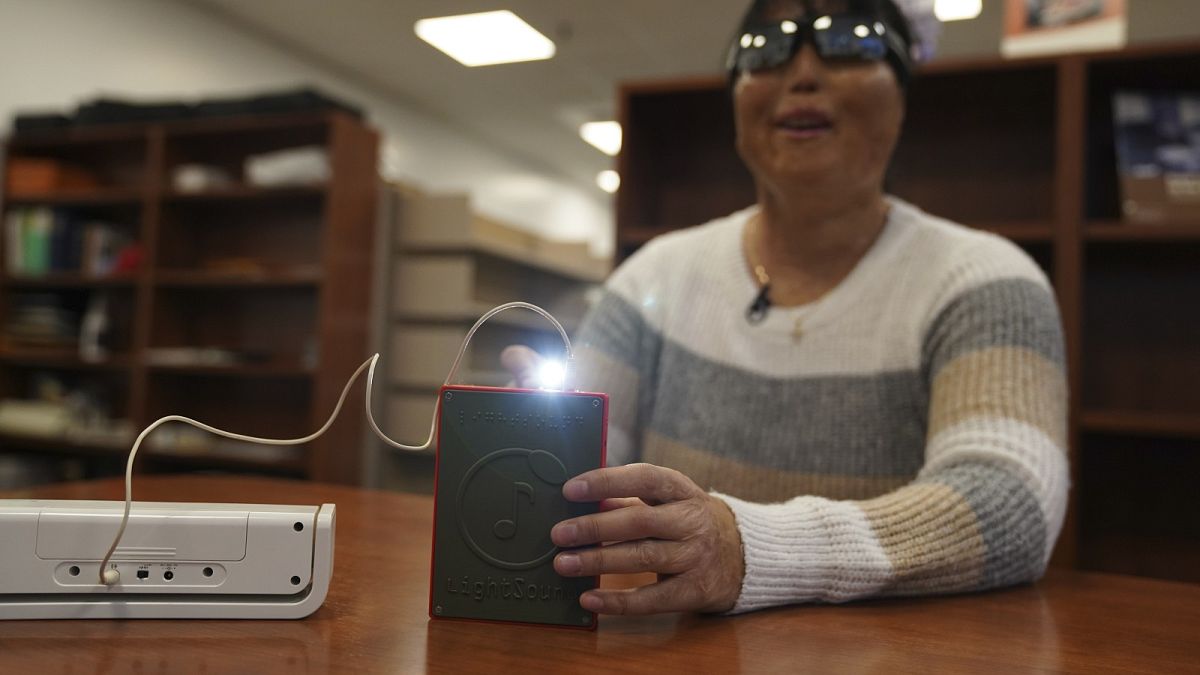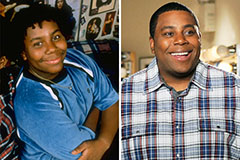An Overview to Life-Changing Assistive Technology for the Blind and Visually Damaged
The innovation of assistive modern technology has ushered in a transformative age for individuals who are aesthetically damaged or blind, offering devices that improve freedom and enrich everyday experiences. Technologies such as wise navigating tools and AI-driven applications are redefining exactly how customers engage with their environments, while obtainable reading options and smart home innovations assure to further elevate the high quality of life.
Smart Navigation Devices
Smart navigation devices are changing the means people who are visually damaged or blind communicate with their setting. These sophisticated innovations, which integrate general practitioners, audio feedback, and haptic signals, provide users with critical info about their surroundings, enhancing their freedom and mobility.
One prominent example is the use of clever walking sticks geared up with sensing units that find barriers and give real-time comments via vibrations or audio cues. These devices permit customers to browse complicated atmospheres, such as active streets or crowded public rooms, with enhanced self-confidence. In addition, wearable gadgets, such as smart glasses, are being created to assist in identifying faces, reading text, and recognizing things, further augmenting the individual's spatial awareness.
Moreover, wise navigating tools are significantly incorporating synthetic intelligence to assess information and adapt to customers' preferences. This personalized approach not just boosts navigation effectiveness but additionally promotes a sense of empowerment amongst users. As technology remains to advancement, the possibility for clever navigating devices to create an extra accessible and comprehensive world for individuals who are aesthetically damaged or blind remains appealing, eventually improving their daily experiences and interactions.
Innovative Mobile Apps
Mobile applications are arising as powerful devices for aiding individuals who are blind or visually impaired, offering a series of functionalities that enhance daily living. These apps harness advanced innovation to promote everyday jobs, improve availability, and promote independence.
One classification of cutting-edge mobile apps concentrates on aesthetic acknowledgment. Applications like Be My Eyes attach individuals with sighted volunteers using video telephone calls, making it possible for real-time aid for jobs such as checking out tags or navigating unfamiliar environments. In a similar way, apps like Seeing AI utilize man-made intelligence to define environments, reviewed message, and identify items, offering customers with important details at their fingertips.
One more significant area is navigating and alignment. Apps such as Aira and Neighboring Explorer supply audio assistance, helping customers browse city spaces easily. They provide tailored assistance, permitting a much more certain expedition of the setting.
Additionally, health and health applications cater to certain demands, such as medication monitoring and health and fitness tracking. These applications intend to cultivate an alternative technique to health, ensuring that individuals can keep their health and wellness independently.
Wearable Assistive Tools
Wearable assistive gadgets stand for a substantial improvement in modern technology made to sustain individuals that are blind or visually damaged. These tools improve mobility and independence by giving real-time feedback regarding the surrounding atmosphere. Among the most significant wearable technologies are wise glasses furnished with sensing units and electronic cameras, which can identify obstacles and relay vital information via sound hints.

An additional ingenious alternative includes wrist-worn tools that utilize ultrasonic waves to spot barriers and offer navigational aid. These devices commonly feature customizable settings, permitting individuals to tailor the alerts to their details demands.
The integration of expert system in wearable assistive modern technology is additionally significant, as it consistently improves the precision and responsiveness of these gadgets. On the whole, wearable assistive tools are transforming the lives of the blind and visually damaged, promoting greater autonomy and improving lifestyle through innovative remedies.
Available Checking Out Solutions
Accessible reading options play a crucial role in making it possible for people who are aesthetically impaired or blind to involve with message across different formats. These services encompass a series of modern technologies and devices created to boost analysis experiences, from typical print products to digital web content.
One popular option is Optical Personality Acknowledgment (OPTICAL CHARACTER RECOGNITION) modern technology, which converts published text into digital format, allowing users to pay attention to or review the material using screen visitors. Additionally, specialized e-readers outfitted with text-to-speech capacities provide adjustable analysis experiences, allowing customers address to change font sizes and background colors for enhanced visibility.
An additional efficient approach is braille screens, which give tactile comments by transforming electronic text right into braille. This allows people to review touch, promoting better freedom and accessibility to literary works. Mobile applications made for checking out checked files or books can empower customers with immediate accessibility to a large collection of materials (Screen readers for the blind).

Smart Home Technologies
Smart home modern technologies have actually transformed the method people that are blind or aesthetically impaired engage with their living environments, improving both self-reliance and safety. These cutting-edge options take advantage of automation and connection to develop an accessible space tailored to the needs of individuals.
Smart speakers and voice-activated aides provide hands-free control over various gadgets, enabling customers to readjust lights, security, and temperature measures through simple voice commands. This capability decreases reliance on sighted help and cultivates a feeling of this post autonomy. Furthermore, wise lights systems can be tailored to deliver auditory feedback or tactile signs, enabling individuals to browse their homes better.
In addition, safety and security systems geared up with smart cameras and sensing units can send out real-time notifies to users, enhancing individual safety and security without necessitating aesthetic confirmation. Automated door locks supply satisfaction, allowing individuals to protect their homes effortlessly.
Incorporating wise home technologies not only boosts everyday living but likewise encourages social communication with attached tools - AI-powered visual aids. With continuous improvements in assistive technology, the future appears encouraging, as even more services will emerge to further equip individuals that are visually damaged or blind, making sure an extra independent and comprehensive lifestyle
Conclusion
In final thought, the improvements in assistive innovation for the aesthetically impaired and blind represent a considerable jump towards boosting freedom and high quality of life. Smart navigation tools, ingenious mobile applications, wearable tools, obtainable analysis options, and wise home modern technologies jointly cultivate a comprehensive setting. This assimilation of technology not just improves wheelchair and everyday living yet additionally empowers individuals to involve totally with their surroundings, promoting greater autonomy and engagement in society.
Technologies such as wise navigation devices and AI-driven applications are redefining just how individuals engage with their environments, while available reading services and smart home innovations promise to additional raise the quality of life. As technology continues to breakthrough, the potential for wise navigating tools to produce a much more comprehensive and available globe for people who are blind or visually damaged remains encouraging, eventually reshaping their daily experiences and interactions.
Wearable assistive devices represent a significant improvement in modern technology developed to sustain individuals who are blind or aesthetically damaged. Amongst the most noteworthy wearable innovations are clever glasses outfitted with sensors find out and video cameras, which can recognize obstacles and relay critical info through sound signs.
Smart navigation devices, innovative mobile applications, wearable tools, accessible analysis services, and clever home innovations collectively promote a comprehensive setting.
 Ariana Richards Then & Now!
Ariana Richards Then & Now! Joshua Jackson Then & Now!
Joshua Jackson Then & Now! Kenan Thompson Then & Now!
Kenan Thompson Then & Now! Bill Cosby Then & Now!
Bill Cosby Then & Now! Richard Dean Anderson Then & Now!
Richard Dean Anderson Then & Now!